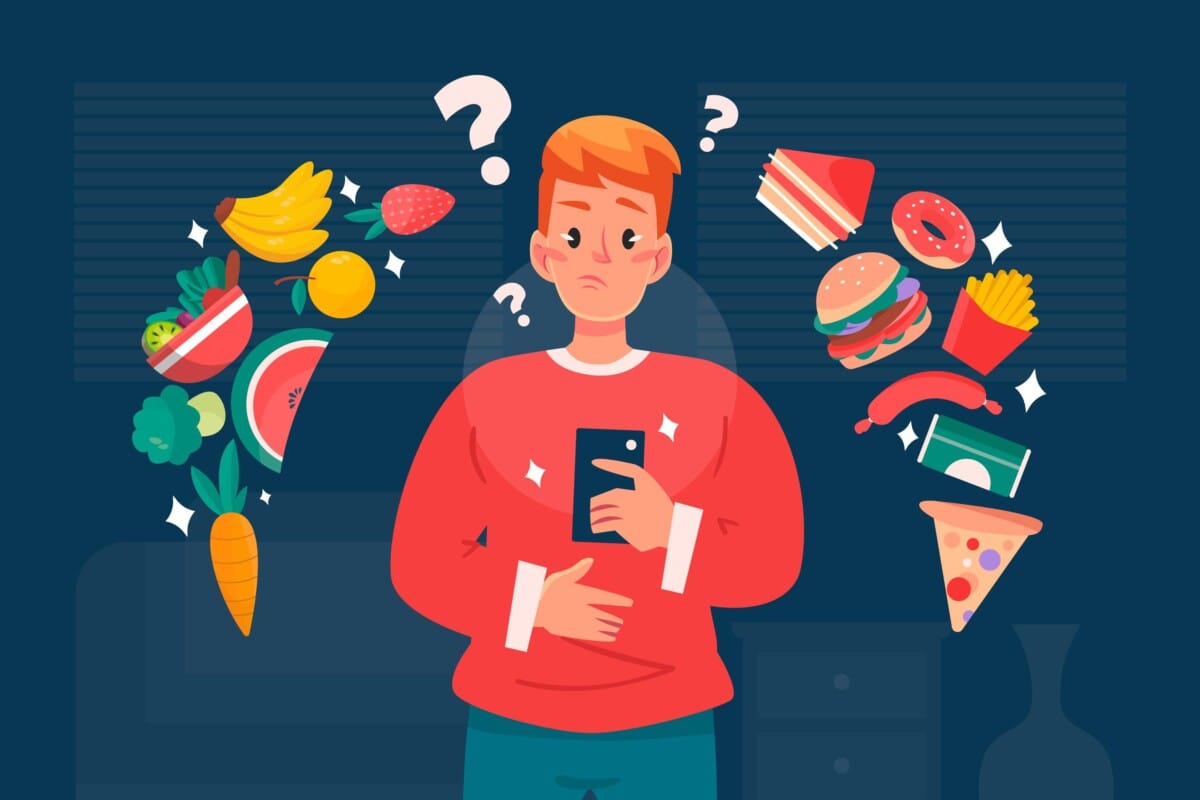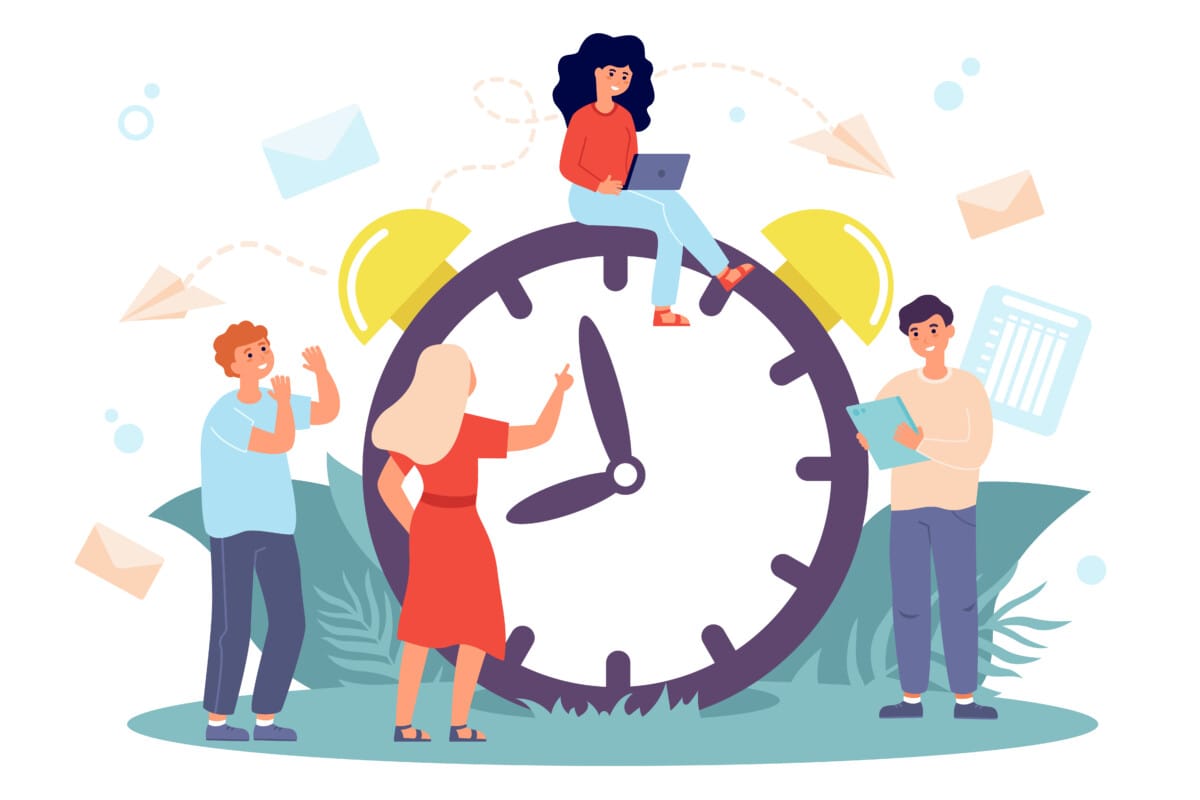The Rise of Digital Communication
Language has always adapted to the tools we use, and texting is one of the most influential technological shifts in modern communication. Since the first text message, ‘Merry Christmas,’ was sent in 1992, texting has transformed how we write, speak, and even think about language. This new medium encouraged speed, simplicity, and creativity, giving rise to abbreviations like ‘LOL’ (laugh out loud), ‘BRB’ (be right back), and ‘OMG’ (oh my god). Emojis 😊 soon followed, offering a visual way to convey emotions, tone, and context that words sometimes fail to capture.
Beyond vocabulary, texting has impacted grammar and writing norms. Capitalization, punctuation, and even spelling are often sacrificed for efficiency (‘u’ instead of you). Phrases like ‘gonna’ or ‘wanna’ blur the lines between spoken and written English. Some worry that texting shortcuts threaten formal English, but many linguists argue it’s a natural evolution, reflecting how people actually use language in everyday life.
Texting has also fostered text-specific dialects, with terms like ‘wyd’ (what are you doing) and ‘idk’ (I don’t know) becoming universal among younger generations. In this post, we’ll delve into these changes and explore how texting has shaped modern English for better—or for worse.
While using short forms and abbreviations in texting can be fun and efficient, it’s important to remember that proper English is essential in professional and academic settings. Texting language may be great for casual conversations, but in work emails, school assignments, or formal communication, clarity and correctness are key. Writing in complete sentences with proper grammar and punctuation shows respect for your audience and ensures your message is understood. By balancing the creativity of texting with the structure of proper English, you can become a more versatile and effective communicator.









